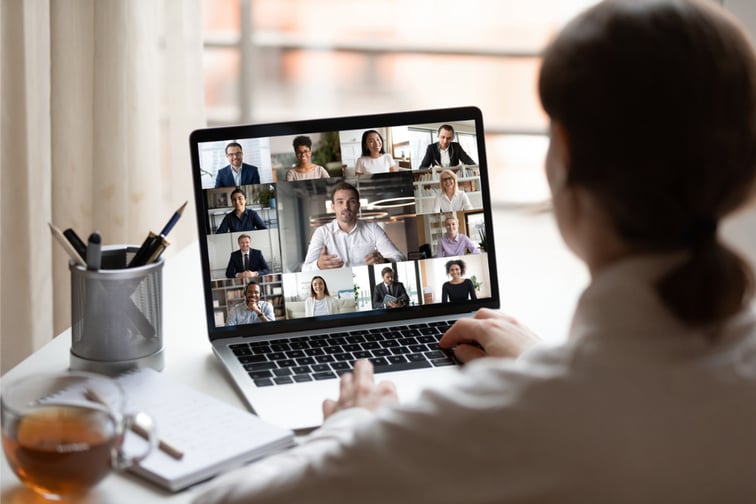

Doing anything by distance takes twice the time and is half as good. Unfortunately, if our face-to-face meetings are bad, then it’s likely our virtual meetings will be twice as bad (at least!).
Running effective virtual meetings means navigating time zone differences, language barriers and technological inconsistencies. The three biggest criticisms of participants in virtual or distance meetings are that people are not fully present on the call and are checking emails or having side conversations with their phones, that the speaker or presenter often simply reads the slides, and that they go on for too long and much of the content is not relevant to everyone.
Good protocols are important for both physical and virtual meetings. Here are some tips for handling virtual meetings.
In addition to improving how we meet generally, when it comes to virtual meetings, there are other things we need to consider.
Use the camera
This is particularly useful for one-on-one meetings or smaller groups, but not so useful once you have more than six people on the call. Using the camera creates a stronger connection, and you’ll gain access to the visual cues that an auditory interaction can’t provide. Of course, there are exceptions. Your teammates on those late-night conference calls don’t need to see you in your pyjamas. When videoconferencing:
Run it like a radio show
The next time you’re listening to the radio, pay attention to how the announcer refers to the audience. Typically, they don’t say, “Welcome, everyone out there in radio land.” They say things like, “Thank you for joining me today.”
This is because they realise that the relationship between the radio announcer and the listener is one-on-one. The listener is often alone in a car, sitting at a desk or listening via headphones, so referring to “everyone” creates a disconnect.
It can be the same when running virtual meetings. In many cases, the participants are sitting in a room or at their desks with headphones on, looking at a screen. Even when using the camera, the radio principle applies for creating inclusion and engagement. Instead of saying things like, “Thank you all for coming” or “Many of us have”’ try saying, “Thank you for making the time” or “You have”.
Tell ‘em and tell ‘em again
Everyone in a meeting has to have a role. This is especially important in a virtual meeting. You need to be very clear on what level of participation you need from everyone involved. Let them know in advance that you might call on them specifically for input or information. Remind them that you can’t afford for people to not be fully present.
In addition, to get the best from your virtual or distance meetings, you need to:
Given a choice, face-to-face meetings are always going to be more effective, but for those times when you need to do virtual meetings, remember that, as the meeting leader, it’s up to you to set the tone and expectations, no matter where in the world people are.
 Donna McGeorge is a speaker, author and mentor who helps people make their work work. Using a creative, practical approach, she improves workplace effectiveness while challenging thinking on leadership, productivity and virtual work. She is the author of The 25-Minute Meeting: Half the Time, Double the Impact. Find out more at 25minutemeetings.com.
Donna McGeorge is a speaker, author and mentor who helps people make their work work. Using a creative, practical approach, she improves workplace effectiveness while challenging thinking on leadership, productivity and virtual work. She is the author of The 25-Minute Meeting: Half the Time, Double the Impact. Find out more at 25minutemeetings.com.
